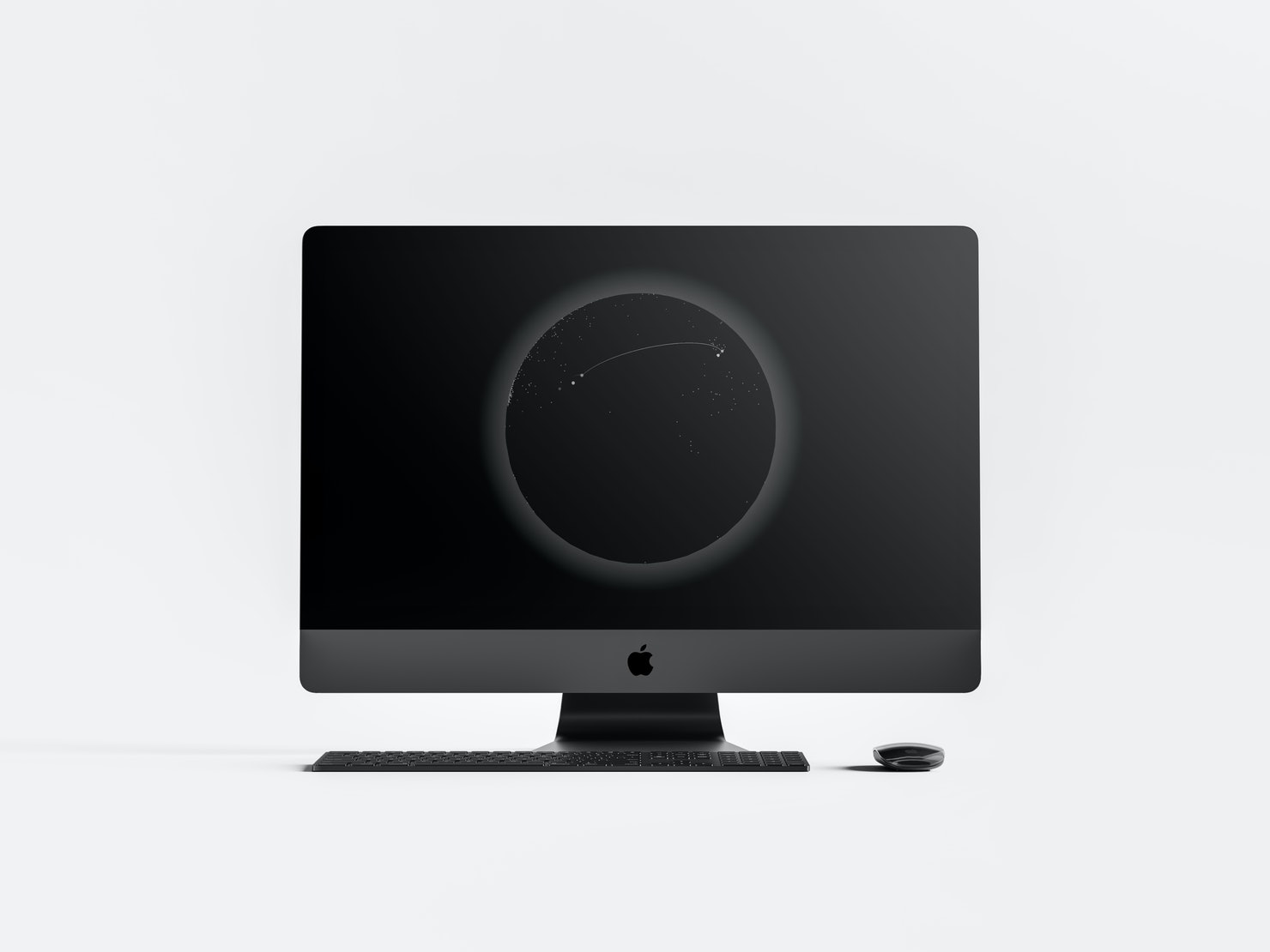Sounds of the Pandemic

Physical and Digital Connection
Inspired by a desire to connect and give voice to what we all experienced across the globe, Yuri Suzuki, a London-based Japanese artist-designer, created a dynamic, interactive digital space.
Initially commissioned by the Dallas Museum of Art and the High Museum of Art in Atlanta, Suzuki designed Sound of the Earth: Chapter 2 to show how sound can connect people in unexpected and extraordinary ways. It was created for the ground-breaking exhibition speechless: different by design.
Sound of the Earth: Chapter 2 involved crowd-sourcing sounds from around the world that a museumgoer could hear by pressing an ear against a dark metallic globe-like sphere. The placement on the globe determined the sounds the visitor heard.
The constraints on touching and social distancing in the COVID-19 pandemic led Suzuki to shift his idea to a new platform.
Sound of the Earth: The Pandemic Chapter went live on May 4, 2020, and remains an active public space in the digital sphere. Everyone is invited to contribute to and engage with this living global sound archive documenting the pandemic, and new submissions continue to stream in over a year later. Five hundred submissions were received in the first week alone, creating a rich auditory tapestry.
The sounds range from conversation with a family member, a mother teaching her son the handwashing song, and ad hoc musical performances in an urban soundscape. They are then mapped by location onto a virtual rendering of the globe. In creating the digital audio experience, Suzuki and the DMA hoped to provide listeners with a sense of connection and shared humanity.
In the initial COVID lockdown, “we suddenly lost all physical contact in public spaces, and online experiences became much more important in people’s lives,” Suzuki said. “In creating Sound of the Earth: The Pandemic Chapter, we were thinking about how people could experience the speechless project without any physical presence. I had to provide a web-based experience and make it as close to real as possible.”
“But there are benefits. The web experience can reach people all over the world because it does not depend on going to a specific gallery or museum,” he said. “Everyone can access it through the internet.”
Suzuki has even conducted a performance composed of sounds from this platform.